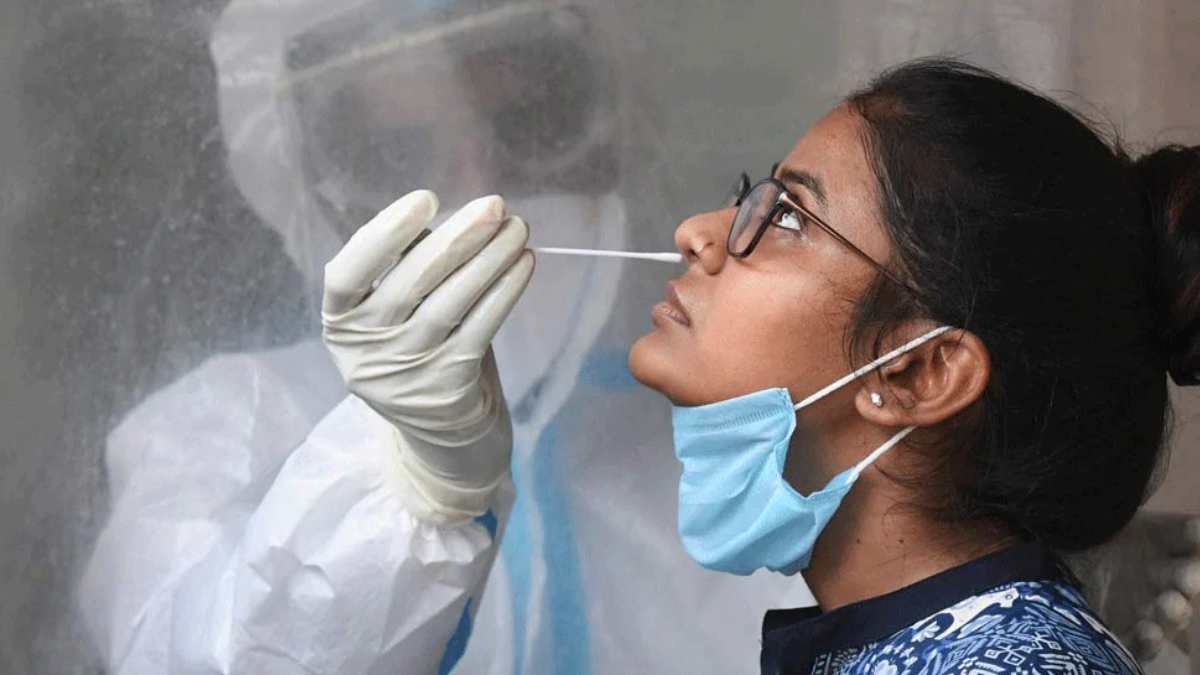
Covid-19 continues to spread around the world with new cases being reported all the time. The pandemic has given rise to many new conspiracy theories. Counter-actions include calling out false information, contacting the author, and taking care not to spread it further.
Conspiracy theories often start as a suspicion based on someone benefiting from an event or situation. ‘Evidence’ is then forced to fit around the theory. It can be hard to refute them because the person doing so is often seen as part of the conspiracy.
The theories can then spread rapidly, particularly over social media, where people are easily taken in by them. Others spread them because they want to deliberately provoke or manipulate groups or individuals. Conspiracy theories can often target or discriminate against a group which is perceived to benefit from a situation. Some groups are particularly prone to being targeted, including people of a particular religion or sexual orientation. For example, various conspiracies have falsely accused people of assumed Asian origin, Jews and Muslims of spreading Covid-19 in Europe. As a result, conspiracies can polarise societies, worsen existing tensions and fuel violent extremism.
Uncertainty and worry create the perfect environment for conspiracies to be born. Although it is still not confirmed where or how Covid-19 originated, theories abound. They largely ignore scientific evidence and attempt to come up with reasons why the pandemic happened and who stands to benefit.
7 TRAITS OF CONSPIRATORIAL THINKING
The conspiracy theory video “Plandemic” recently went viral. Despite being taken down by YouTube and Facebook, it continues to get uploaded and viewed millions of times. The video is an interview with conspiracy theorist Judy Mikovits, a disgraced former virology researcher who believes Covid-19 is based on vast deception, with the purpose of profiting from selling vaccines. The video is rife with misinformation and conspiracy theories. Since then, many high-quality fact-checks and debunking information have been published by reputable outlets such as Science, Politifact and FactCheck.
As scholars who research how to counter scientific misinformation and conspiracy theories, we believe there is also value in exposing the rhetorical techniques used in “Plandemic.” The research could help identify conspiracy theories and prevent them from spreading and taking hold, especially as coronavirus theories spread further day by day.
A new guide outlines seven distinctive traits of conspiratorial thinking. Learning these traits can help you spot the red flags of a baseless conspiracy theory and hopefully build some resistance to being taken in by this kind of thinking. This is an important skill given the current surge of pandemic-fueled conspiracy theories.
1. Contradictory beliefs: Conspiracy theorists are so committed to disbelieving an official account that it doesn’t matter if their belief system is internally contradictory. The “Plandemic” video advances two false origin stories for the coronavirus. It argues that SARS-CoV-2 came from a lab in Wuhan, but also argues that everybody already has the coronavirus from previous vaccinations and wearing masks activates it. Believing both causes is mutually inconsistent.
2. Overriding suspicion: Conspiracy theorists are overwhelmingly suspicious towards the official account. That means any scientific evidence that doesn’t fit into the conspiracy theory must be faked. But if you think the scientific data is faked, that leads you down the rabbit hole of believing that any scientific organization publishing or endorsing research consistent with the “official account” must be in on the conspiracy. For Covid-19, this includes the World Health Organization, the US Centers for Disease Control and Prevention, the Food and Drug Administration, Anthony Fauci… Basically, any group or person who actually knows anything about science must be part of the conspiracy.
3. Nefarious intent: In a conspiracy theory, the conspirators are assumed to have evil motives. In the case of “Plandemic”, there’s no limit to the nefarious intent. The video suggests scientists including Anthony Fauci engineered the COVID-19 pandemic, a plot which involves killing hundreds of thousands of people for potentially billions of dollars of profit.
4. Wrong conviction: Conspiracy theorists may occasionally abandon specific ideas when they become untenable. But those revisions tend not to change their overall conclusion that “something must be wrong” and that the official account is based on deception.
5. Persecuted victims: Conspiracy theorists think of themselves as the victims of organized persecution. “Plandemic” further ratchets up the persecuted victimhood by characterizing the entire world’s population as victims of a vast deception which is being disseminated by the media, and even seeing ourselves as unwitting accomplices. At the same time, conspiracy theorists see themselves as brave heroes taking on the villainous conspirators.
6. Immunity to evidence: It’s so hard to change a conspiracy theorist’s mind because their theories are selfsealing. Even the absence of evidence for a theory becomes evidence for the theory: there’s no proof of the conspiracy because the conspirators did such a good job of covering it up.
7. Reinterpreting randomness: Conspiracy theorists see patterns everywhere — they’re all about connecting the dots. Random events are reinterpreted as being caused by the conspiracy and woven into a broader, interconnected pattern. Any connections are imbued with sinister meaning.
CRITICAL THINKING IS THE ANTIDOTE
There are a variety of strategies you can use in response to conspiracy theories.
One approach is to inoculate yourself and your social networks by identifying and calling out the traits of conspiratorial thinking. Another approach is to “cognitively empower” people by encouraging them to think analytically. The antidote to conspiratorial thinking is critical thinking, which involves having a healthy scepticism of official accounts while carefully considering available evidence.
Understanding and revealing the techniques of conspiracy theorists is key for inoculating yourself and others from being misled, especially when we are most vulnerable in times of crises and uncertainty.
The writer is Treasurer, World Medical Association, President, SAARC Medical Association and former National President, IMA.















